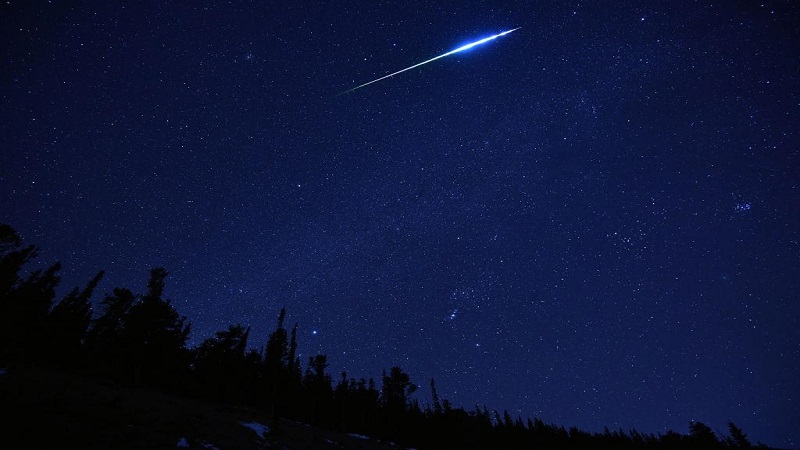Over the Bering Sea, without warning, a several-meter-long meteor entered the atmosphere and exploded – it was the second largest explosion of its kind in the past 30 years. The BBC reports, citing NASA researchers, who presented their analysis of the incident at the Lunar and Planetary Science Conference in Texas. According to a compilation of the US Space Agency, only the explosion of the Chebarkul meteorite over the Russian Chelyabinsk region in 2013 was larger.
Accordingly, the celestial body entered the Earth’s atmosphere on December 18, 2018, around noon local time before Kamchatka in the extreme east of Russia. He was traveling at 32 kilometers per second in an approach angle of 7 degrees. At the height of 25.6 kilometers, it exploded with an energy in the TNT equivalent of 173 kilotons, more than ten times as much as the dropped on Hiroshima atomic bomb. It was also about 40 percent of the energy released via Chelyabinsk, but because it happened over the Bering Sea, almost no one noticed. US military satellites registered the event, and the US Air Force informed NASA.
Dangerous impacts
The fact that this explosion was able to happen without warning makes it clear once again which threat relatively small near-earth objects still mean. Although NASA is now convinced that it has discovered and cataloged all near-Earth asteroids large enough to cause “significant global destruction.” But when it comes to smaller objects, there are still many unknowns. For example, NASA estimates that one-third of the estimated 25,000 near-Earth asteroids more than 140 meters in diameter are discovered, which can devastate entire regions or continents.
But when it comes to several or more dozen meters of asteroids (meteors), astronomers know only a few percents of all suspected specimens. They can cause significant damage to regionally if they explode or collapse over inhabited areas. In the Chelyabinsk region, about 1,500 people were injured, and around 7,000 buildings were damaged. The responsible meteor had a diameter of about 20 meters and a weight of 16,000 tons. Just like now the Brocken on the Bering Sea, he was completely unexpectedly exploded. Digitale city tour: With the app and VR glasses on an adventure tour.




